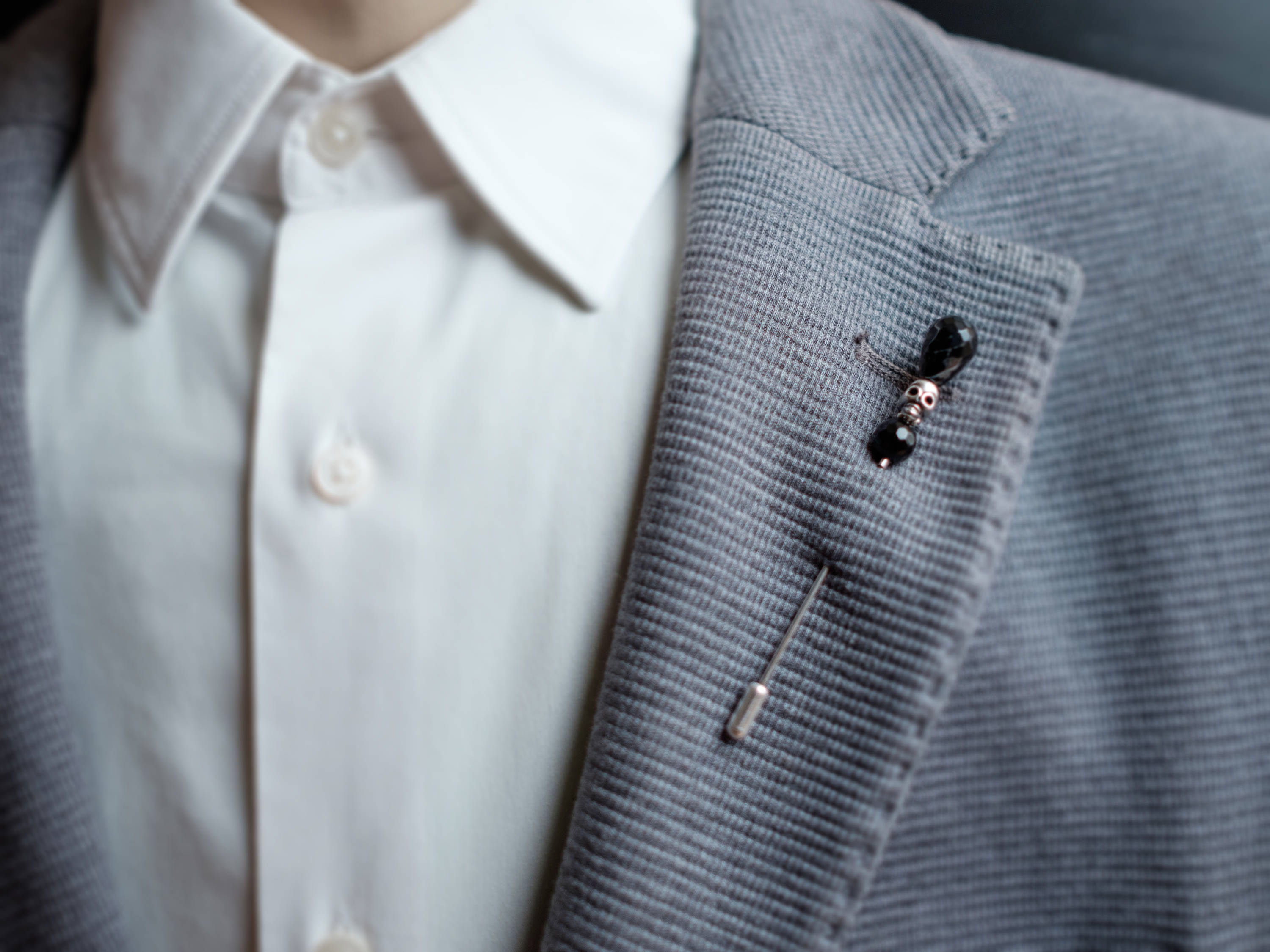Pins and badges are worn over clothing and come in different types. One of them is a lapel pin. Lapel pins are usually worn over the lapel of a jacket, coat, suit or a tuxedo. These pins are usually worn to validate the wearer’s association with a club, company or any other organization, educational institution, or a social and charitable cause.
They might symbolize a certain achievement of the wearer or his or her membership with the organization whose logo or motto the pin displays.
Lapel pins have other uses as well, such as in electoral events or rallies, souvenirs for vacationing spots, achievement or membership in sports, cultural programs, charity galas,etc.
Pins and badges have been used as ornaments since long time back. However, it was first in the contemporary Soviet Union that their usage became large-scale. The government manufactured lapel pins featuring the faces of party leaders like Lenin, Stalin,etc. These pins were distributed among the young people, workers and members of the Communist Party. The People’s Republic of China also had their pins featuring Mao Tse Tung. The official Games pin adorned the suit lapels of every cabinet member of UK during the 2012 London Olympic.
This indicates that pins have been used to instill a sense of solidarity and pride. In today’s market, pins of brands like Disney, DC, Marvel, Hard Rock Cafe,etc are in high demand. These pins are a part of the official merchandise of their respective companies. They are used for commercial marketing reasons.
There are five popular types of pins available in the market:
- Cloisonne pins- These pins are also known as epola or hard enamel. The cloisonne process was developed during the age of the famous Ming dynasty of China. The process involves the cast being stamped out from a sheet of copper. This leaves recesses or grooves, which are filled up with crystallized or powdered enamel. It is then heated to almost 800-900 degrees. When it cools down, the surface is smoothened out and polished.
- Soft enamel pins- The manufacturing process is almost like cloisonne. The only difference is that the colored areas are below the strips of metal. The outer surface is coated with a layer of epoxy, to give it a polished appearance.
- Photo-etched pins- The design is chemically etched,and the colors are filled by hand. The outer surface of this kind of pin contains a layer of epoxy as well.
- Photo dome pins- The art or design is at first printed on a piece of paper. Then it is infused in the metal base of the pin. A layer of epoxy is applied to protect the design from wearing off. This process is useful for elaborate designs.
- Screen printed pins- The metal strips are filled with solid blocks of colors. In this case, the external epoxy layer is very thin. This type of pin does not have patterns or words or designs.
You can find beautiful “soft enamel pins” online. They can be of any type you want- classic, embellished, quirky, vintage, anything. All you have to do is search “soft enamel pins” and can get exactly the pin you want!
